During New York’s Classic Years

Abstract Expressionism at its most intense theartappreciator.blog.blogspot.com
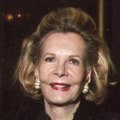
By Megan McKinney
Had midcentury New York become the Art Capital of the World, as the late syndicated columnist Jeffrey Hart wrote it had? Certainly, the Abstract Expressionists were gaining attention. The Cedar Tavern on University Place in the Village had become the place to go in hopes of seeing—and who knows?–even getting to know Jackson Pollock, Mark Rothko and Willem de Kooning.
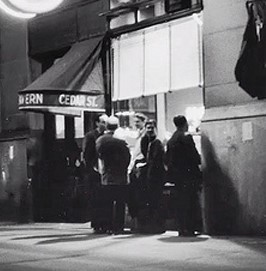
Art groupies gathered outside the Cedar Tavern
The Museum of Modern Art had become an affordable club for the younger generation who lunched at the “exclusive” terrace restaurant under the roof before going through familiar displays or visiting a current show. MoMA was the perfect size in the 1950’s, very personal, truly a club where friends gathered. It’s location has not changed; 11 West 53rd Street, between Fifth Avenue and Sixth, was in the midst of the Midtown offices.

moma.org
The Philip Johnson sculpture garden was a haven in the middle of the city, especially after the Whitney Museum moved up from Eighth Street in 1954. Its new location was on 54th Street, directly behind the Modern with a passage connecting the two. It was also very personal, with a size and quality that made one very aware of its benefactor Gertrude Vanderbilt Whitney.

One never tired of the garden between the two museums; later there would be food service just inside MoMA, making garden dining a pleasure.
 If you were standing on this spot and turned around , you would see the passageway into the Whitney. google.com.br
If you were standing on this spot and turned around , you would see the passageway into the Whitney. google.com.br
The various private galleries around town were bursting with the art of the Abstract Expressionists. A pair of our favorites were located at 15 East 57th Street, more recently home to a handsome Chanel boutique. The Sidney Janis Gallery on the fourth floor was owned by a successful clothing manufacturer and his wife, Sidney and Harriet Janis.
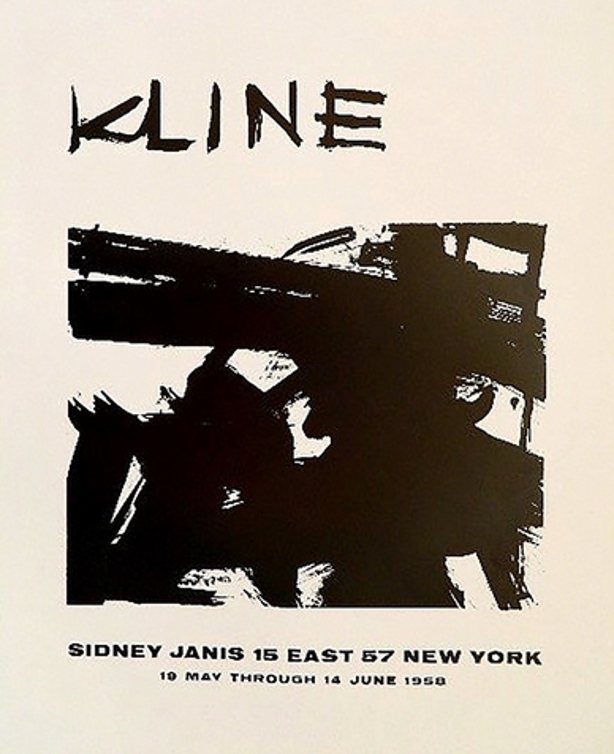 Frequent one-artist shows pulled aficionados up from street level and into this and neighboring galleries.
Frequent one-artist shows pulled aficionados up from street level and into this and neighboring galleries.
Across the elevator foyer from the Janis was the Betty Parsons Gallery. Ms. Parsons–a compelling, somewhat eccentric, woman–was an abstract painter and sculptor, as well as a successful saleswoman of the work of others from 1946. She was currently marketing Jackson Pollock, Mark Rothko, Barnett Newman and Clifford Still as the Four Horsemen. with notable success. Here she is with Barnett Newman.
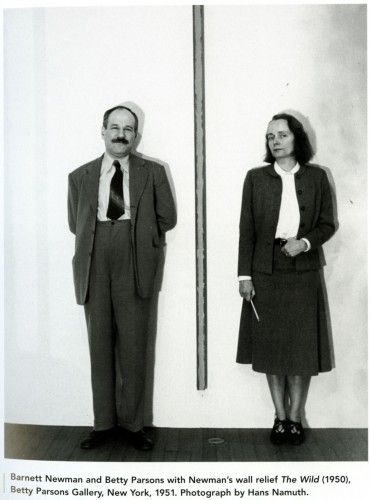
Art and culture writer Alexxa Gotthardt had this to say about Ms, Parsons, “As a gallerist, she gave Jackson Pollock, and myriad other Abstract Expressionists, some of their earliest shows. As a magnetic free spirit, she played tennis with Greta Garbo and danced weekly with Alexander Calder ‘for the exercise.’ She topped her head with berets, took lovers like Josephine Baker, and traveled the world many times over.”
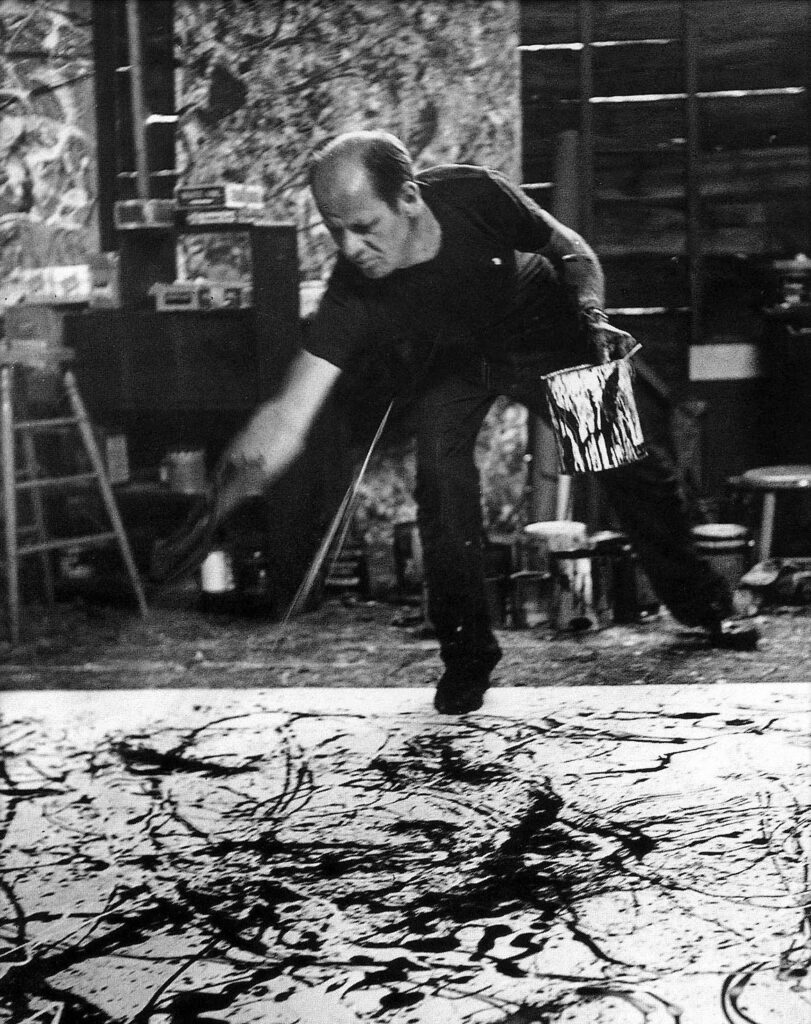
plateauartstudio.com
The Museum of Modern Art scheduled a Jackson Pollock show to open on December 19, 1956. Four months earlier, the 44-year-old Pollock, an alcoholic, crashed his convertible into a tree killing himself and one of his two passengers.

moma.org
MoMA’s December 19 event honoring the great Jackson Pollock changed from tribute to memorial.
Author Photo Robert F. Carl







